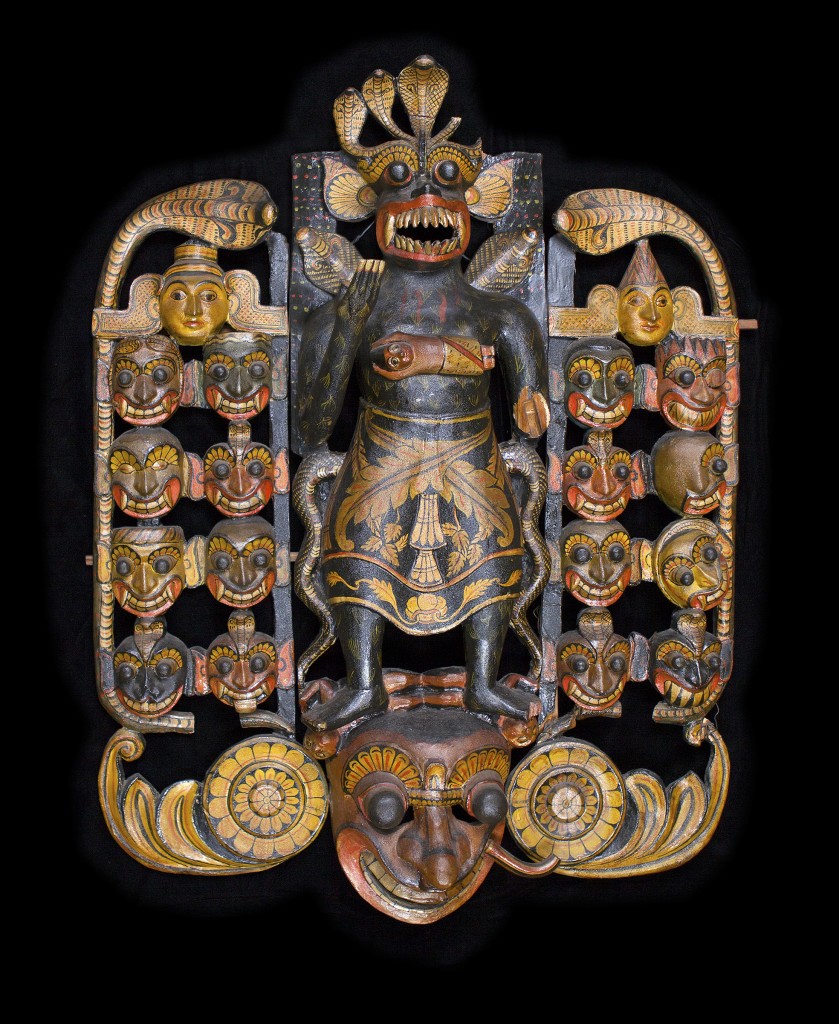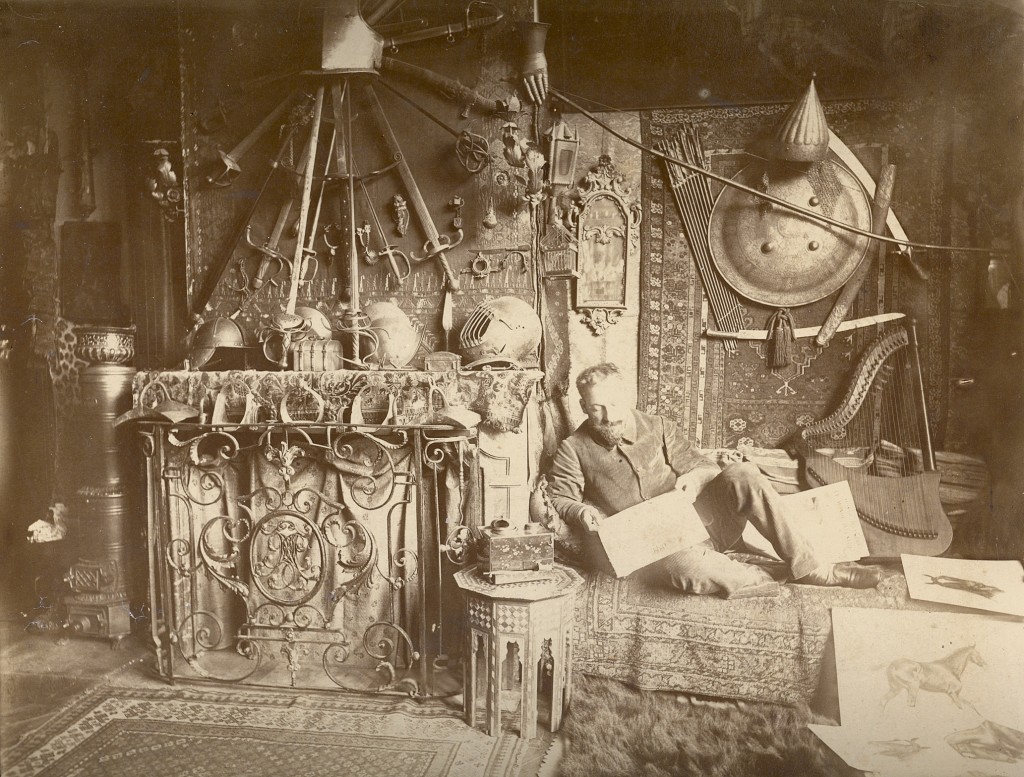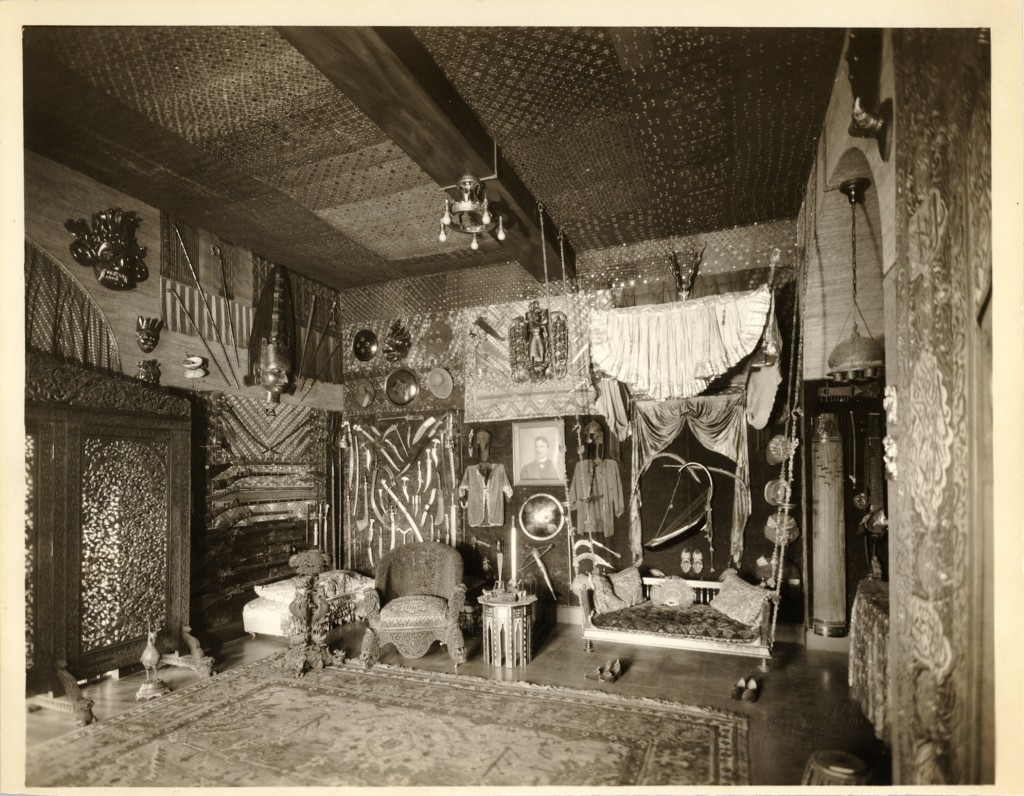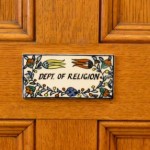
What do you do when religion and politics get mixed up? In Thailand, this has happened recently, largely in the midst of the larger conflict that has been going on in society for the last decade.
In the last few weeks, there have been three different stories in the English media in Thailand involving Buddhist monks and temples. The first two, from the English-language branch of the “Khaosod” (“Fresh News!”) website, had a distinctly “yellow” – as in yellow shirt (royalist) – hue. The first was about everyone’s “favorite” firebrand monk, Buddha Issara. Luang Puu Buddha Issara was one of the protest leaders from January to May of this year which aimed to “shut down Bangkok,” prevent elections in February and generally make things miserable for the caretaker government led by Yingluck Shinawatra. These protests, ostensibly about the corruption of the Thai government, ultimately precipitated the coup in May. In mid-November, Buddha Issara delivered a letter to the legislative and reform council of Thailand providing several proposals about how to reform Thai society and get rid of corruption. The article is not about the letter he delivered, but about the warm reception he received from the lawmakers who said that they appreciated his letter, and that his proposal is “very beneficial to the administration and economy of [the] nation.” Buddha Issara is a fascinating monk, in part because (at least when I was in Bangkok last spring) he was something of a bell weather of people’s political stance. With some interesting exceptions among monks, people who were generally “reds” (red shirts – pro-democracy/Thaksin/anti-royalist party, though not anti king) disliked him and said he was “not a monk,” and those that were generally “yellow” appreciated what he was doing in leading the protests.

The second article is about a monk, Phra Papakaro (receiving alms in picture above), giving a decoration to a high-ranking police officer in Surat Thani, one of the Southern provinces of Thailand. Phra Papakaro was, until recently, also a protest leader, and former politician, named Suthep Taungsubal. Suthep is a former deputy prime minister, and leader of the Democrat Party, and was the principle leader of the protests that took place starting in the fall on 2014, precipitated by the amnesty bill put forward by Yingluck, which was opposed by most Thais on the grounds that it would have pardoned her brother (on the Red side) and the leaders of the Democrat Party that ordered the clearing of central Bangkok in 2010 which led to the deaths of some 70 protesters and another twenty or so members of the police/military. These leaders were primarily Suthep and Abhisit, the Prime Minister at the time. Suthep was the leader of most of the protests from January to May 2014, but Buddha Issara was an aligned figure, a fellow traveler in the yellow movement if you will, rather than a follower of Suthep’s (and indeed, throughout the spring, there were various moments of tension between these two figures; the first picture is the two of them talking). In the immediate aftermath of the coup in May, Suthep crowed a great deal about his close relationship with General Prayuth (the leader of the coup, and now the prime minister). While the coup-led government has worked hard to institute reforms that resemble what the protesters were calling for, particularly in June, it also wanted to call itself independent and Gen Prayuth did not appreciate Suthep’s general demeanor. And so right about a month later, Suthep ordained as a monk. In this he has followed a well-worn path of politicians seeking to avoid political troubles in the monkhood.
This brings us to the last piece, an op-ed in the Bangkok Post by Sanitsuda Ekachai, is about the need to keep Suan Mokh free of politics. Suan Mokh is a temple that was established by the important reformist monk, Buddhadasa, in the early 1930s as a place to reform Thai Buddhism and “return to the roots of Buddhism.” It has been an important place over the decades for meditation movements in Thailand (as well as reflective of Buddhadasa’s fairly eclectic architectural vision) and middle class Thais and foreigners interested in meditation programs have flocked there over the decades, though by most accounts it’s been fairly quiet since Buddhadasa’s death in the early 1990s. It is also where Suthep/Papakaro, the erstwhile leader of the protests leading up to the coup in May has gone since he ordained this past summer. As Khun Sanitsuda notes, hundreds of people come to visit Suthep each week, not so much disturbing the peace of the place as giving it an overtly yellow-shirted cast that it had not had before. Moreover, while monks are forbidden by an order of the Supreme Sangha Council from participating in politics, Suthep bestowed a decoration on a Surat Thani policeman, described in the article as a “hardcore yellowshirt” activist. This he did as a monk.
Here’s the thing that I think is interesting about the coincidence of these two events: the play of politics, or rather the way that “politics” becomes a problem for monks to address. As noted above, monks are not supposed to be involved with politics because they are supposed to be learning, preserving and teaching the dhamma. Good/pure/original Buddhism is free of politics,
just as Khun Sanitsuda suggests Suan Mokh should be. The opposite is also true – Buddhism which is not free of politics is necessarily tainted. And indeed one of the critiques that one occasionally hears about monks like Buddha Issara is that they are tainted by politics, they are “political monks”. Yet in many ways this is an anti-political discourse, in which Thais (among others) fail to acknowledge or perhaps better specifically refuse to acknowledge how monks are engaged in politics. Khun Sanitsuda talks about Suan Mokh under Buddhadasa as a place that was free of politics but then she notes that he was critical of capitalism and urged inter-faith understanding with Muslims (who are a much larger part of the population in the southern part of Thailand). These are of course highly political acts and being accused of being a communist in Thailand during the Cold War potentially had serious consequences (just as reading 1984 in public or using the Hunger Games salute can be in this post-coup moment).
Ironically, when I interviewed Buddha Issara in June, he told me that he was not involved with politics. Rather there was a crisis for the people and what he was doing was because there was no one else that was speaking for the people. Just to bring it all back together, when I asked Buddha Issara if there were any monks that he admired, he paused and said Buddhadasa, the founder of Suan Mokh.




